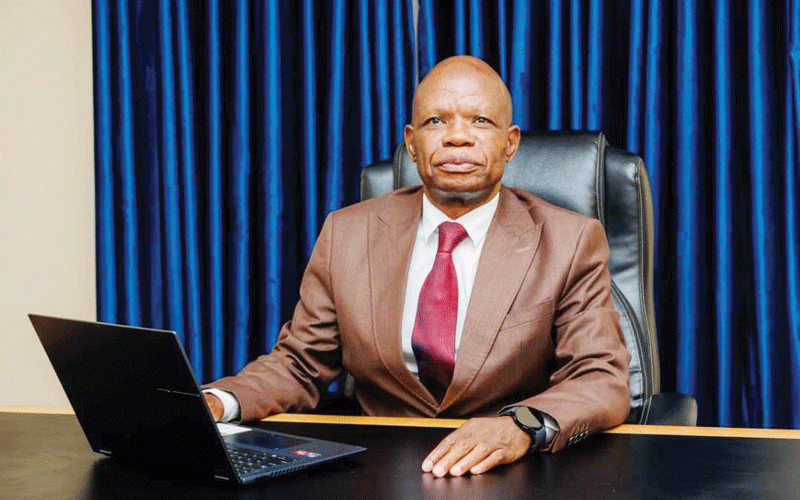
Bhekuzulu Khumalo
IN last week’s article I articulated the issue of age cheating and to some extent its implications to talent identification and development (TID). One wonders how and when this perennial problem can ever be addressed in our beloved sports.
“Sport in the United Kingdom has evolved like a patchwork quilt . . . it is difficult to suggest fundamental change without taking the whole thing to pieces and starting again,” Ian Elvin, 1993. “If I am ever asked again how long it has taken me to understand the British sport system, my reply will be: I will let you know if I ever do,” Dennis Whitby 1999. “What you are saying is that the present system is a b***** mess!” Istvan Balyi 2001. Balyi is the sport scientist acknowledged worldwide as the expert in long-term athlete development model (LTAD) and the periodisation of training plans. “What Istvan is advocating now is what we as national coaches were trying to implement 20 years ago, but we never had the logistics or resources to do it properly.” Tom McNab, World-Class (WC) Advisers Seminar, April 2002. “This knowledge base has been around for a long while and has a sound scientific basis. In simple terms it is what I would call a good PE programme linked to a high quality and progressive sports development programme.” Margaret Talbot, Stakeholder Workshop, November 2002. “For Swimming, LTAD is our weapon of mass instruction! The implications of implementing LTAD within our sport are far reaching and provide a dynamic force for change and sustainable development at all levels from learn to swim to WC elite,” Di Bishop, NASD Seminar, April 2003.
Those of us passionate about track and field athletics have been following the performance of our representatives at the 8th IAAF World Youth Championships. Donetsk, Ukraine (July 10–July 14). One could clearly see the fruits of LTAD, where some countries never imagined participating at that level, were up the podium, their flags raised and national anthems sung.
Our gallant sons and daughters battled it out with the world’s best boys and girls in the sport and represented us well. The standards are very high, in many instances the technology new to them, and they still managed several personal best.
“In these sports we define winning as doing better than the last time you did your best, it is an aspect of outdoing oneself before we talk of outdoing others.” Several athletes had qualified for this event but due to financial and other logistical limitations, only those who could pay the required amounts for the trip, made it to Ukraine.
Parents and individual coaches are struggling out there using personal funds for the training, transport, nutrition, medical, competition, school needs etc, for these athletes to qualify. Surely, under normal circumstances one would expect that once they qualify, some higher authority somewhere would make it its obligation to see to it that all logistics are covered for the country representatives.
Individual efforts can only take us to some point, national TID programmes can bring us medals. Let me be quick to say, in a number of instances I challenge my students: “If each one of us would coach one world-class athlete, how many would Zimbabwe have to select from?” At the moment we have an enrolment of over 200 block release student at National University of Science and Technology (over 90% of them teachers), for sport sciences and coaching, if each would commit to TID where will we be in ten years? It takes 10-12 years (10 000 hours) of systematic, well planned and executed training to produce a world class athlete.
- Chamisa under fire over US$120K donation
- Mavhunga puts DeMbare into Chibuku quarterfinals
- Pension funds bet on Cabora Bassa oilfields
- Councils defy govt fire tender directive
Keep Reading
By the way teachers, especially at primary school you are the first point where our people encounter some form of formal sports, hence we are the ones to teach the basic skills prerequisite for high performance. Sports skills must, I repeat, must be taught before the age of 12 years, after this age an athlete already has a culture, philosophy and attitude towards sports training and learning new skills.
Against my famous pointers, “what is not right at national level, blame it on the person who initiated the individual into sports” that is when they were below 12 years. Some years (mid-80s), back in Cuba, I realised sports skills teaching is initiated at preschool. Now I know why, and I know that, that is even late it must initiated at birth, here is why.
Too many children are in adult-orientated competitive structures. Go to our training grounds, children compete every time they are at the sports field. They are not being taught skills, techniques and tactics, its 100m , then 200m, then 40m, then long jump, then high jump, then shot put and so on, after that we pack and go home.
The sessions are nothing more than time trials. According to LTAD, Research indicates talented performers need to eight-12 years training to reach high performance levels. A ratio of training, competition, rest and recovery based on the particular phase of athlete development is imperative.
A more rational development model will result in more medals and more people staying active hence producing a healthier nation. There must be an awareness of the “windows of trainability”. Too early specialisation can result in early failure and therefore early drop-out.










